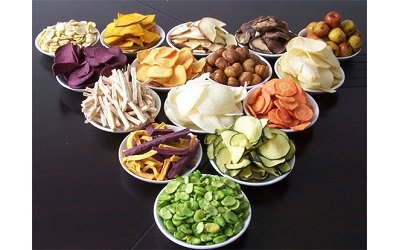Inside BENEO’s new pulse plant: pioneering sustainable protein from faba beans
Developing asthma is related to the amount of fruit and vegetables consumed. Gut bacteria ferment the dietary fibres contained in them and fatty acids enter the blood as a result, influencing the immune response in the lungs. This has been shown by a research project funded by the Swiss National Science Foundation (SNSF).
A team of researchers led by Benjamin Marsland from Lausanne University Hospital (CHUV), Switzerland has shown in experiments with mice that the lack of fermentable fibres in people’s diet paves the way for allergic inflammatory reactions in the lungs.
The research team either put mice on a standard diet with four percent fermentable fibres or gave them low-fibre food with merely 0.3% fermentable fibres. This low-fibre food is largely comparable to the Western diet, which contains no more than 0.6 percent fibres on average.
When the researchers exposed the mice to an extract of house dust mites, the mice with the low-fibre food developed a stronger allergic reaction with much more mucus in the lungs than the mice with the standard diet. Conversely, a comparison between mice on a standard diet and mice who received food enriched with fermentable fibres likewise showed that these dietary fibres have a protective influence.
This protection is the result of a multi-level reaction chain, as Marsland’s team has now shown. First the fibres reach the intestine, where they are fermented by bacteria and transformed into short-chain fatty acids. These acids then enter the bloodstream and influence the development of immune cells in the bone marrow. Attracted by the extract of house dust mites, these immune cells wander into the lungs, where they eventually trigger a weaker allergic response.

